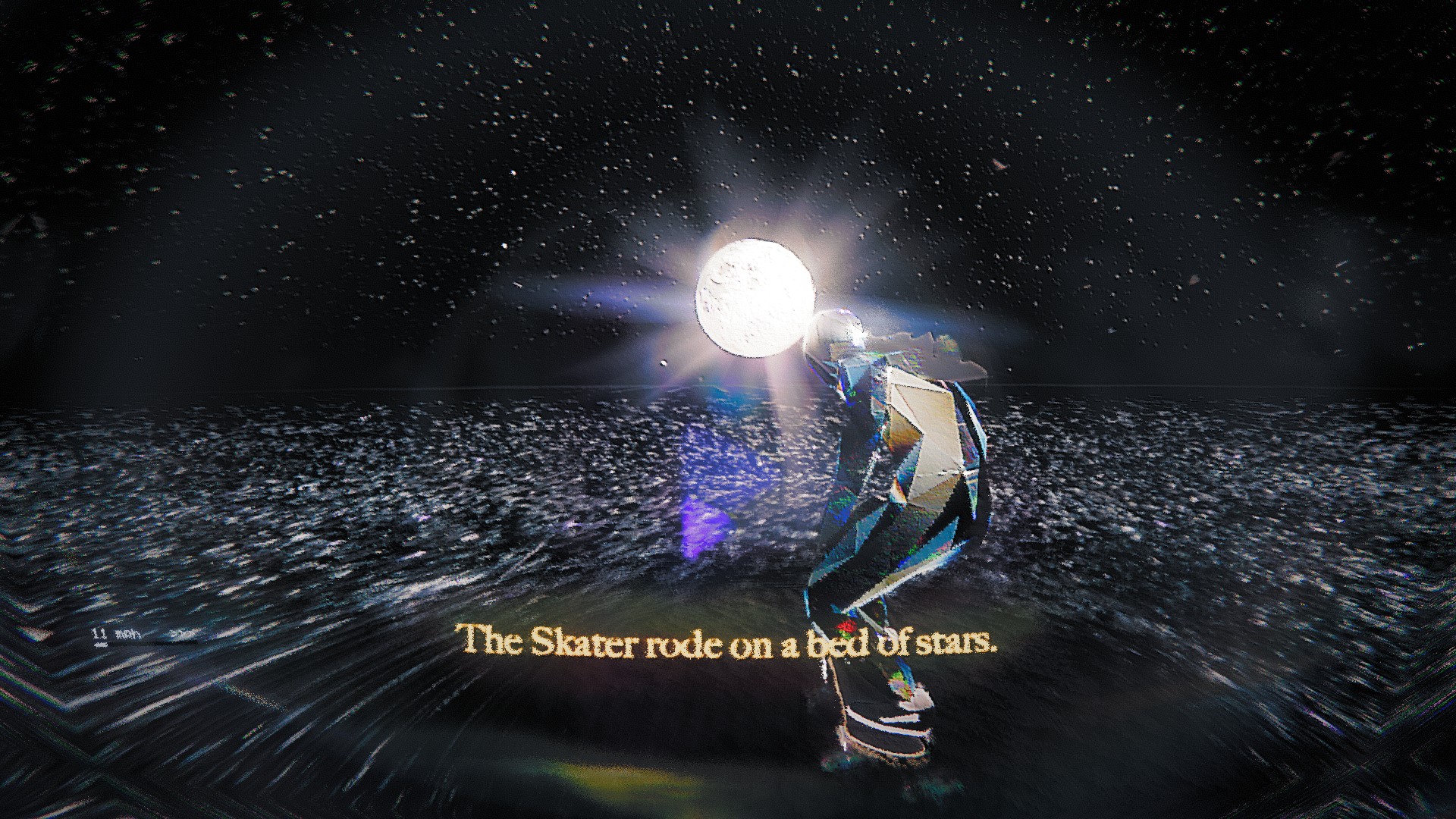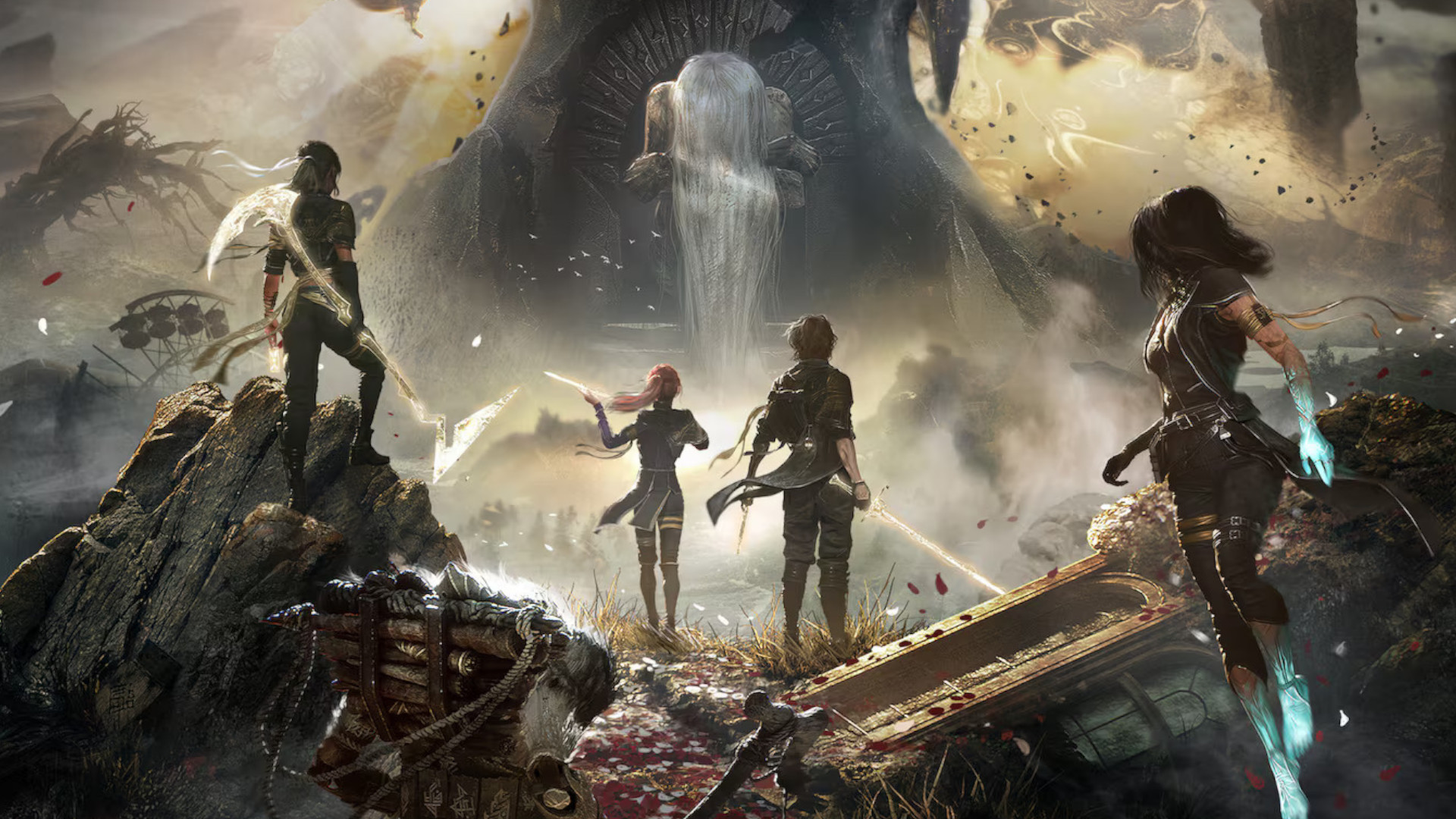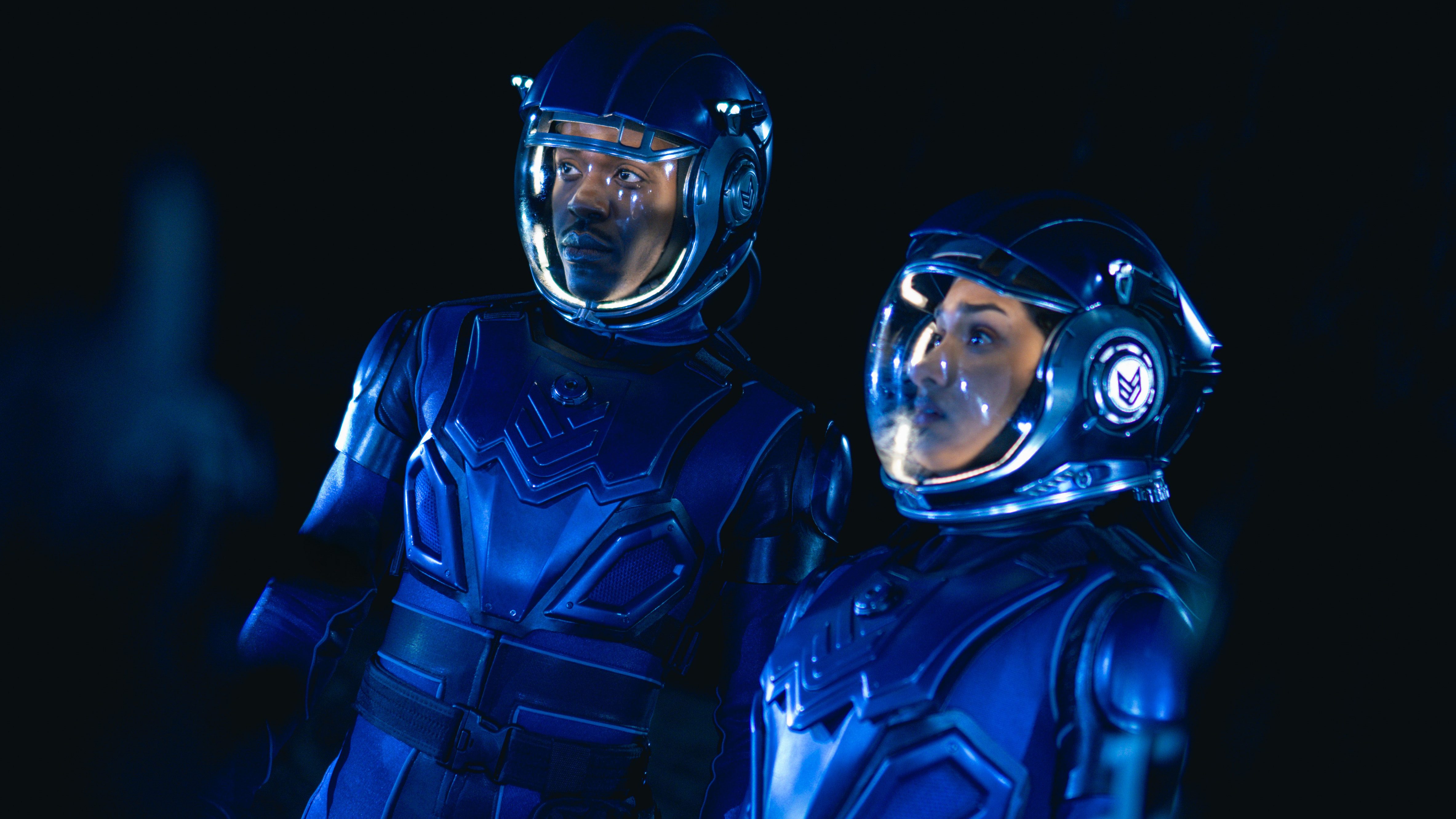By rewriting its own history, Tony Hawk's Pro Skater 3 + 4 is the latest AAA title to reject modern trends in favor of retro sensibilities
Opinion | Simplicity rules, actually
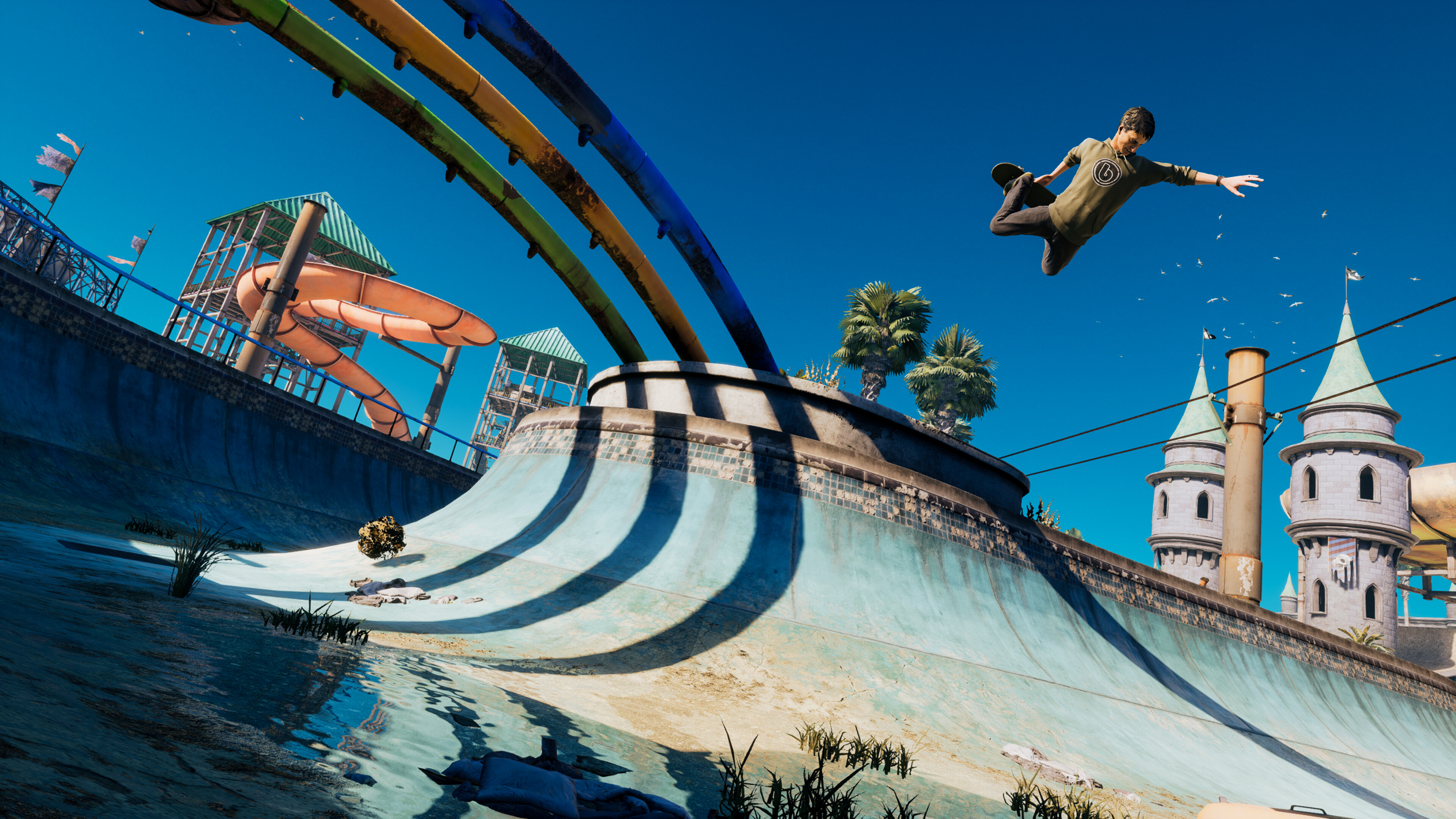
For a long time now, the term "AAA games industry" has brought to mind some very particular things. To some, it means annual releases. To others, the term "digital deluxe pre-order" might come to mind. Mostly, AAA has come to refer to titles that promise enormous worlds, immersive storytelling, and open-ended gameplay. But outside of some of Nintendo’s first-party releases, one word you’re probably not using to describe AAA gaming is "retro." And yet, here comes Activision, moving in an unmistakably old-school direction with the recently announced Tony Hawk’s Pro Skater 3 + 4.
Its predecessor, Tony Hawk’s Pro Skater 1 + 2, was a game that was retro by necessity. After the series endured countless critical and financial failures, culminating in Pro Skater 5 nearly putting the franchise into the grave, Pro Skater 1+2 felt like a move by Activision to win back the crowd with a guaranteed hit. The game marked a return to traditional Tony Hawk: clear all the objectives in a level, and then focus on getting as high a score as possible within a two-minute time limit.
That a remake of two safely beloved video games happened to involve arcade-style time-based missions was simply a coincidence. It was less a statement on a shifting atmosphere within the AAA industry, and more an admission that audiences generally seemed to enjoy early Tony Hawk titles more than the latest entries.
But there was a shift happening in the industry, a shift that continues even today – now more than ever. It’s a shift towards old-school design philosophies – chipping away at a challenge bit by bit, with mechanics that appear simple at first but offer immense depth on further inspection. It’s a shift, whether Activision knew it or not, that Pro Skater 1+2 was perfectly positioned to benefit from. In the years since the release of 1+2, the audience for this style of game has grown exponentially. Elden Ring catapulted FromSoftware's signature Soulslikes into the spotlight, transforming the act of endlessly throwing oneself at a challenge from a niche hobby reserved for only the most masochistic into one of the standout AAA experiences of its generation.
Less grinding, more grinding
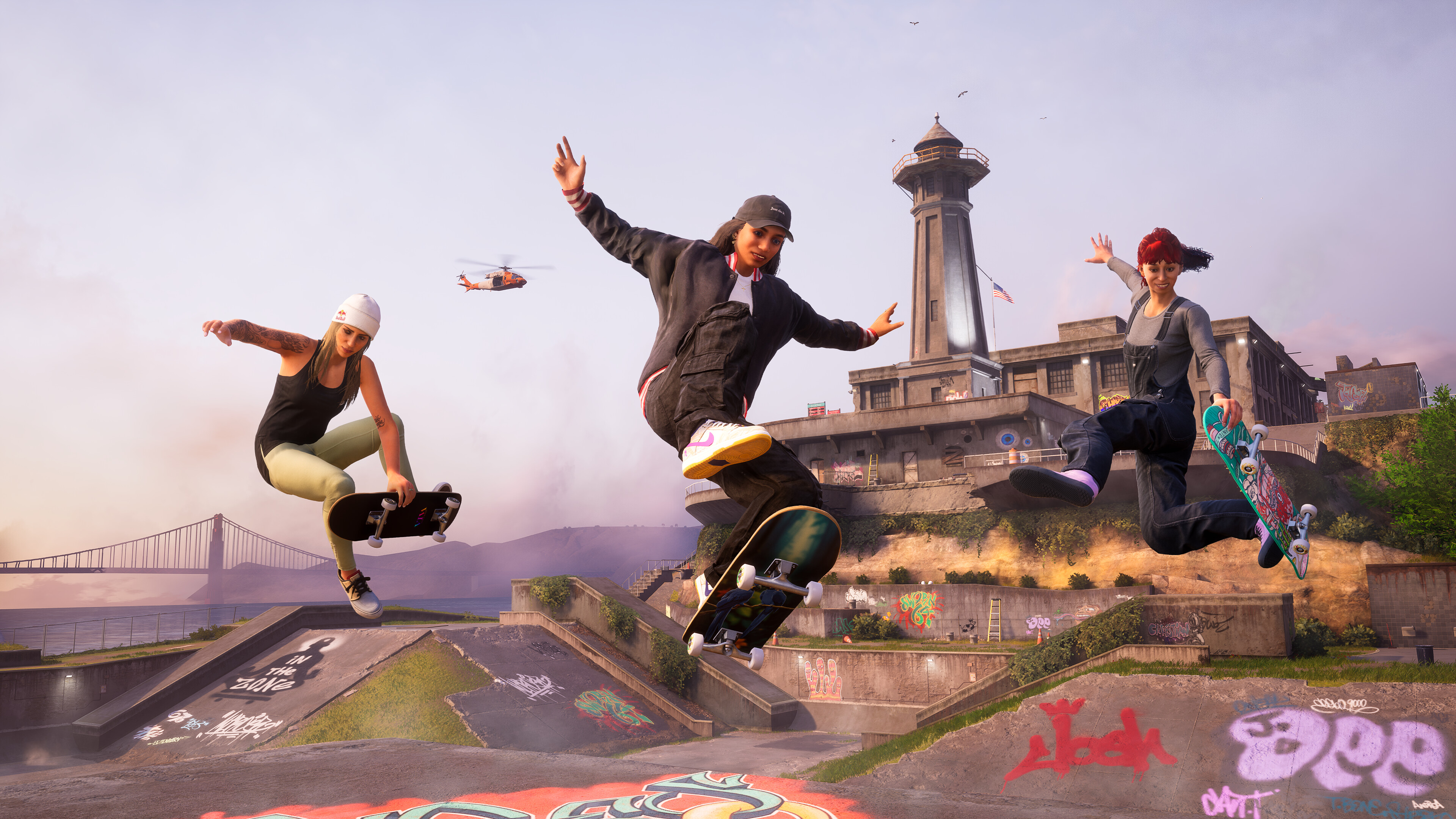
Elsewhere, there's been a recent surge of competitive gamers embracing titles such as Street Fighter 6 and Valorant, which offer smaller packages in exchange for the opportunity to hone one’s skills. All the while, the ever-growing indie scene has seen countless success stories with games prioritizing simple loops, replayability, and with recent breakout hits like Balatro and Nubby's Number Factory, the high score-chasing joy of seeing big numbers turn into bigger numbers. These games are simple. They’re immediately accessible. In a word, they’re retro.
So that brings us back to Tony Hawk. After 2001’s Pro Skater 3, considered a classic today, the series went in the same direction as the rest of the games industry. The following year would see the release of Pro Skater 4 and a turn away from the previous installments’ two minute time limits and leaderboard-chasing. Instead, Pro Skater 4, and the games following it, would continuously seek bigger playspaces with more diverse methods of play, leading to Tony Hawk games like Underground 2 and American Wasteland becoming almost entirely removed from the humble score attack formula of the original trilogy. When those newer titles eventually ran stale, Activision saw fit to turn to a safe bet, and so, Pro Skater 1 + 2 came to be.
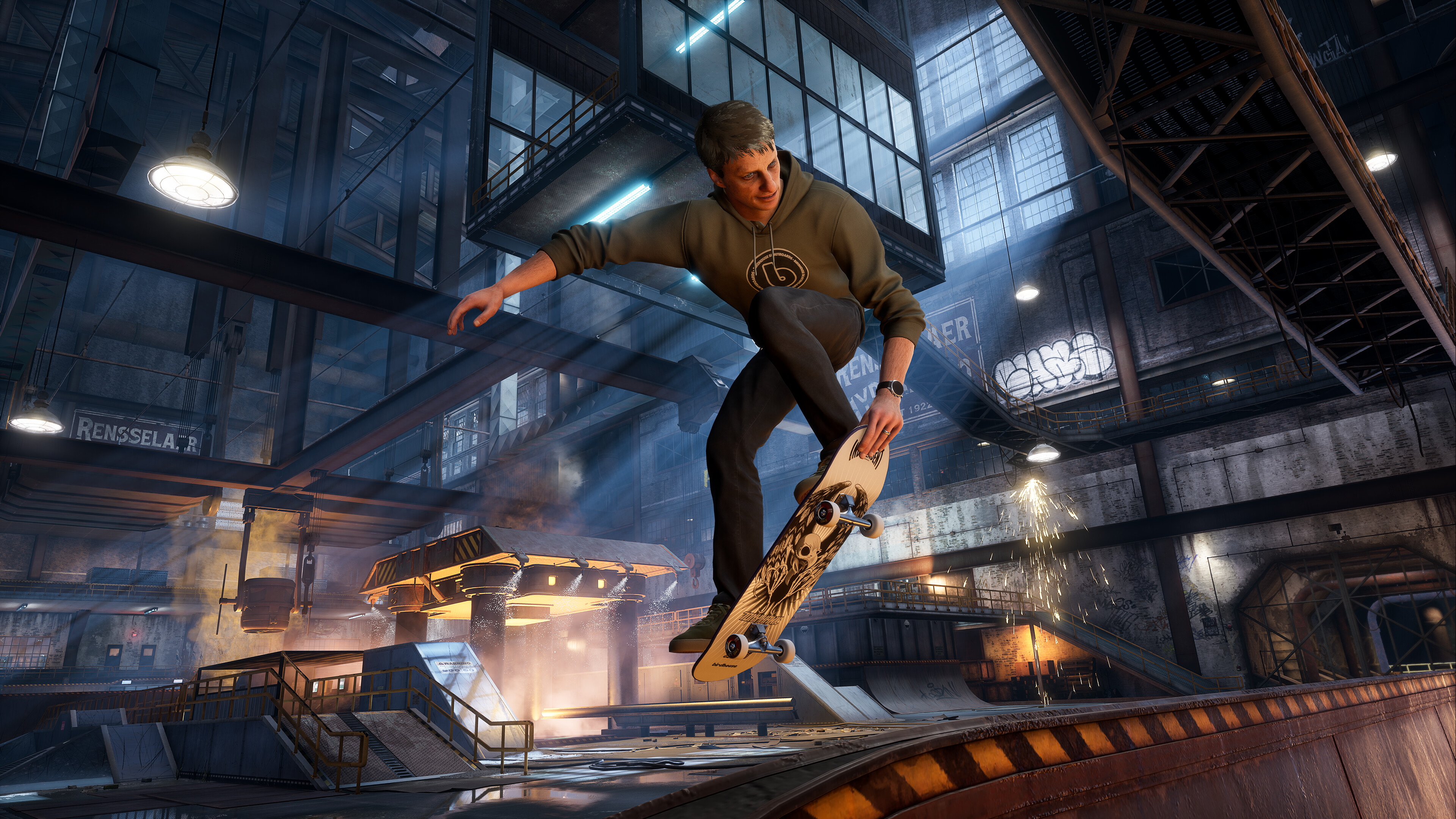
But here we are now, with Pro Skater 3 + 4 on the horizon. From the moment it was revealed, the game’s very existence posed a question: which of its dual approaches will win out – Pro Skater 3, or Pro Skater 4? Not long after the remake was announced, we received an answer. In Tony Hawk’s Pro Skater 3 + 4, the levels of Pro Skater 4 will be abandoning their free-roaming setup. Instead, they will follow Pro Skater 3’s simple goals, time constraints, and good old retro design. Activision, a publisher more entrenched than most in the trappings of the AAA games industry, will be forgoing the original Pro Skater 4’s push toward technological advancement and immersion in favor of an intentional leap into simple arcade action.
Sign up to the GamesRadar+ Newsletter
Weekly digests, tales from the communities you love, and more
It’s difficult to miss the writing on the wall. The achievements of smaller-scope games like Hades and the aforementioned Balatro have proven impossible for even the most prestigious AAA publishers and developers to ignore. Pro Skater 3 + 4 may just be one game, but its retconning of Pro Skater 4's open-endedness suggests a major change in the priorities of major gaming publishers. After decades of an industry filled to the brim with titles that moved away from simple challenges and towards a more ambitious, bigger is better philosophy, room has finally been made for a return to simplicity. There's been a change in the air, and if Tony Hawk's Pro Skater 3 + 4 is any indication, the retro renaissance is here to stay.
See where Pro Skater 1 + 2 ranks on our list of best sports games

Morgan is a freelancer using games journalism to covertly bring pro-Sonic propaganda to the masses. Nobody's managed to stop them yet. They firmly believe that every game is good, except the bad ones. Ask them why they think Raiden was cooler before he became a robot.
You must confirm your public display name before commenting
Please logout and then login again, you will then be prompted to enter your display name.
